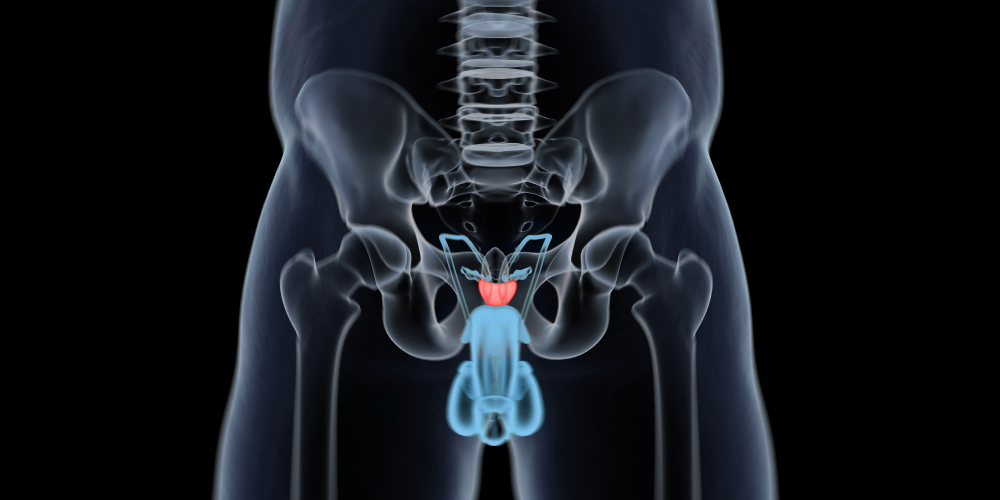Study Compares MRI-TRUS Fusion Biopsy to Traditional Biopsy

Study Compares MRI-TRUS Fusion Biopsy to Traditional Biopsy
Ongoing research has consistently shown that multiparametric prostate MRI can aid prostate cancer screening and improve detection rates. New results to a large-scale study investigating the effectiveness of MRI-TRUS fusion biopsy versus traditional TRUS biopsy demonstrate the superiority of multiparametric prostate MRI in prostate cancer detection.
MRI-TRUS Fusion Biopsy Versus Traditional TRUS Biopsy
In a study sponsored by the National Institute of Health, more than 1,000 men with elevated PSA levels were observed over a period of seven years. The purpose of the study was to investigate differences between MRI-TRUS fusion biopsy and traditional TRUS biopsy in the detection of intermediate- to high-risk prostate cancers. Results were published January 2015 in the Journal of the American Medical Association.
Patients involved in the study received multiparametric prostate MRI followed by both MRI-TRUS fusion biopsy and traditional TRUS biopsy. Over the course of the study, MRI-TRUS fusion biopsy diagnosed 30 percent more intermediate- to high-risk cancers than traditional TRUS biopsy. Furthermore, traditional TRUS biopsy detected 22 percent more low-risk cancers.
As we have previously discussed, our goal is to improve detection of intermediate- to high-risk prostate cancers while reducing detection of low-risk, indolent prostate cancers. Over-diagnosis of low-risk, indolent prostate cancers has led many men to receive radical treatments that often result in serious side effects even though they do not improve health outcomes.
What is MRI-TRUS Fusion Biopsy?
Advancements in MRI techniques and technology allow physicians to see the prostate gland in greater detail than ever before. The current standard of care requires men with elevated PSA levels or other signs of prostate cancer receive biopsy without effective imaging. TRUS biopsy utilizes ultrasound, which cannot produce detailed images of the prostate gland. This means many men are being biopsied based solely on PSA levels or other symptoms, which could indicate numerous other health conditions besides prostate cancer.
Multiparametric MRI can be performed prior to biopsy to produce clear images of the prostate gland. This prostate imaging technique effectively identifies intermediate- to high-risk cancers while ignoring low-risk cancers. MRI-TRUS fusion biopsy is performed following multiparametric MRI, using real-time ultrasound and prostate images previously produced by MRI, to guide biopsy needles to a specific target.
This new research adds to a growing body of evidence suggesting that multiparametric MRI can improve prostate cancer screening and benefit men. While ongoing research explores additional benefits of multiparametric prostate MRI, we look forward to learning more about the potential for improved prostate cancer detection.
To learn more, please contact us.